What Design Can Do Refugee Challenge unveils 25 shortlisted projects to improve refugee's lives
Dezeen promotion: 25 designs that offer a range of solutions for improving the lives of refugees living in urban environments have been shortlisted for the first What Design Can Do Refugee Challenge (+ slideshow).
The shortlisted designs were selected from 631 entries and largely focus on offering services and practical products.
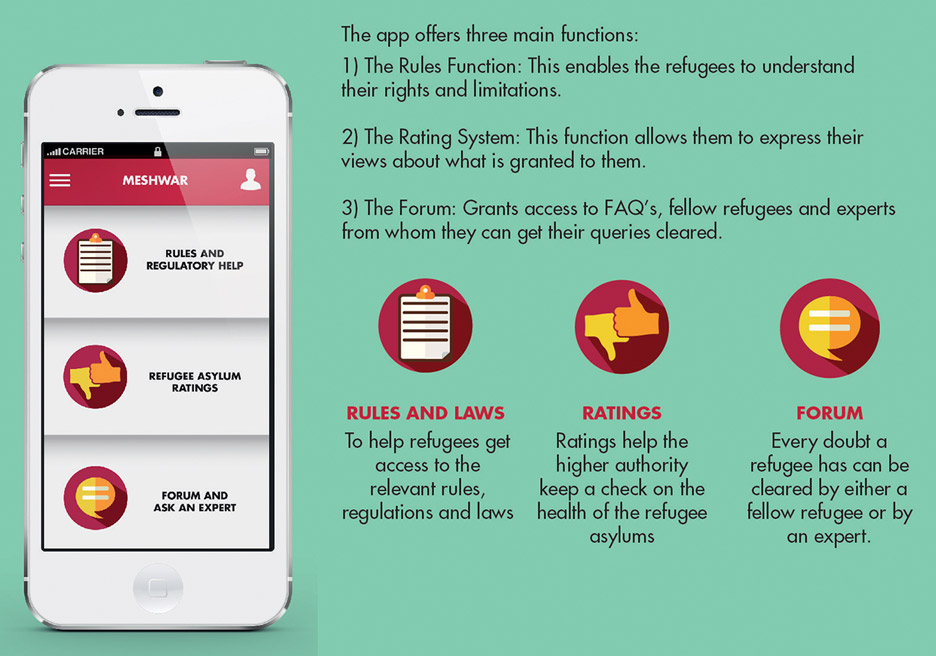
Examples include an app that could help refugees understand their rights in different countries, a ratings system for asylum centres, a photo agency that would help refugees sell their own pictures, and a rapidly deployable temporary home.
What Design Can Do Refugee Challenge leader Dagan Cohen said the entries had offered the jury "few pretty products, plenty of smart services".
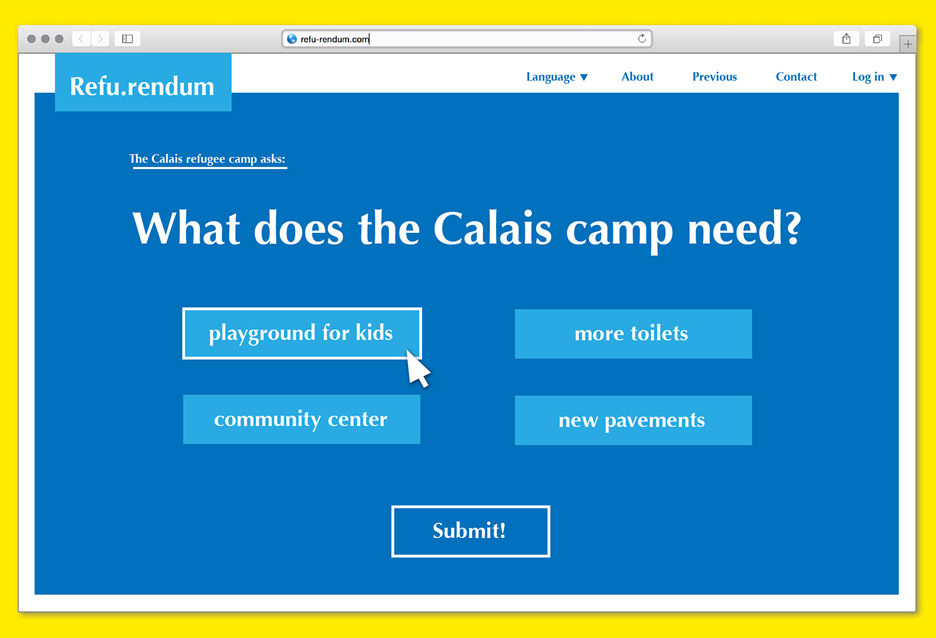
"The bulk of entries clearly focus more on ethical and emphatic design and less on aesthetics, demonstrating that service design as a discipline is clearly on the rise," he said.
One of the shortlisted designs was voted for by members of the public, via an online platform, on which all the submitted designs can be viewed. The winner was New Here, a multilingual interactive map that acts as a travel guide for refugees experiencing life in a new city.
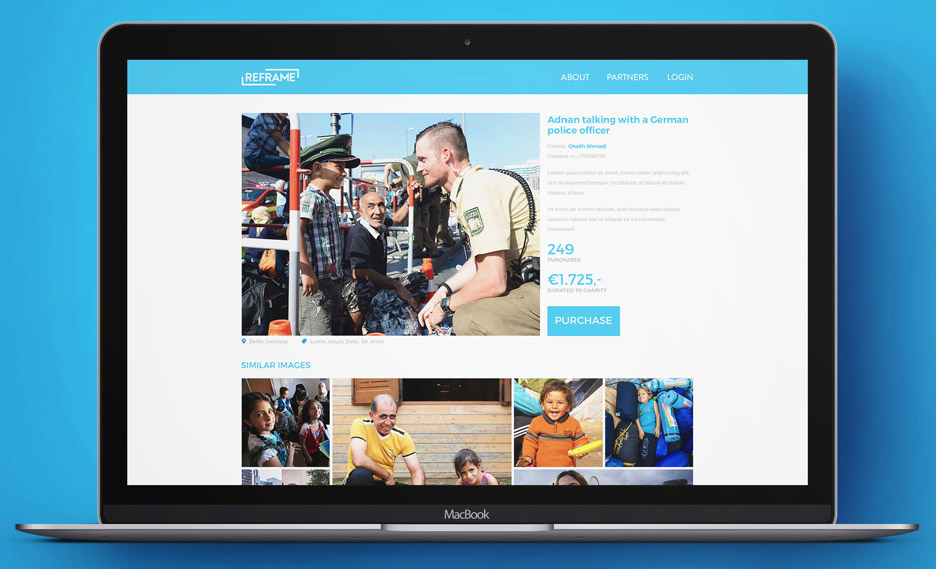
The UN Refugee Agency (UNHCR) and the Ikea Foundation – the philanthropic arm of the Swedish furniture giant, which was behind the design of its flat-pack refugee shelters – are both supporting the competition. Dezeen is also media partner for the Refugee Challenge.
Five winners will be unveiled by Dutch minister of foreign affairs Bert Koenders at the annual What Design Can Do conference in Amsterdam, which runs from 30 June to 1 July 2016. Each will receive €10,000 (£8,000) to develop their idea into a working prototype.
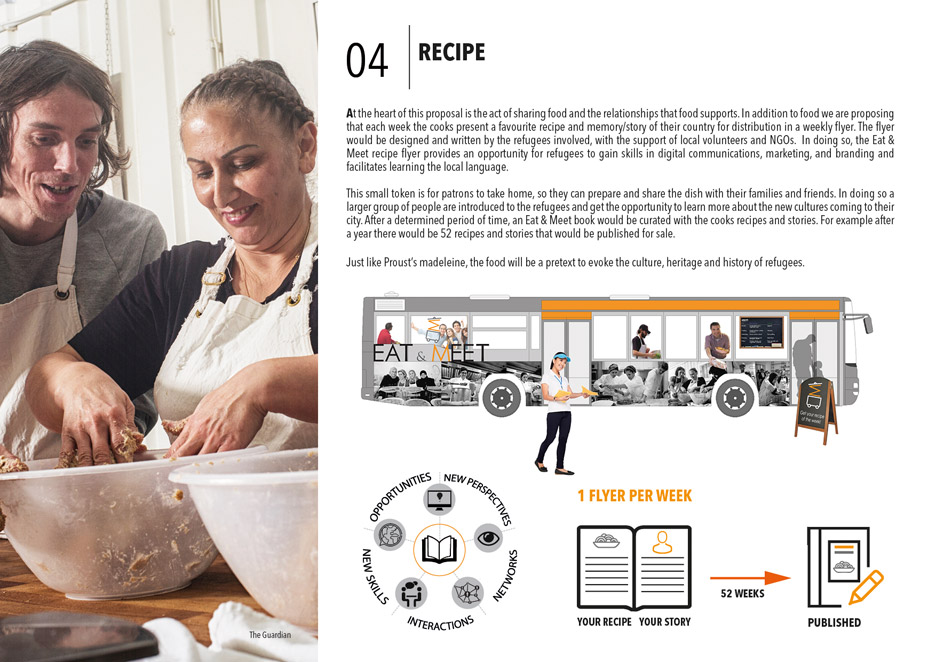
All 25 shortlisted designs will be displayed at the conference in a dedicated exhibition. Dezeen will also host a breakout session dedicated to the Refugee Challenge, with members of the competition's jury as well as critics of the challenge.
The jury includes Marcus Engman, head of design for Ikea; Sonia Ben Ali, founder of Urban Refugees; Ravi Naidoo, founder of South African design conference Design Indaba; Bas van Abel, founder of Fairphone; and Christian Benimana, Rwanda programmes director for Mass Design Group.
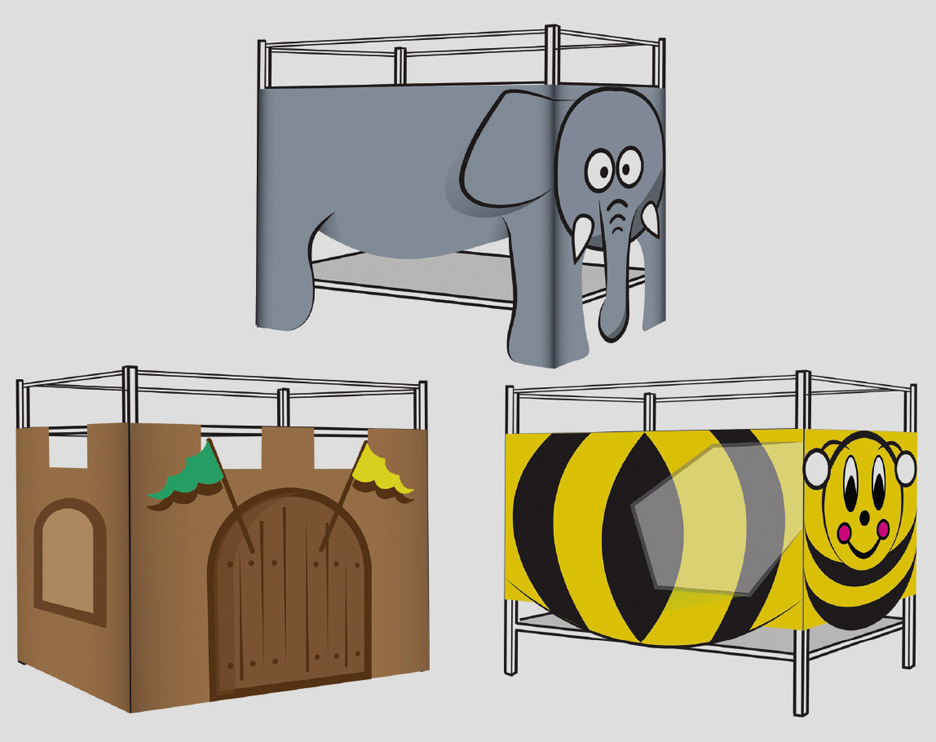
The Refugee Challenge was launched in February by What Design Can Do, the organisation behind the annual conference of the same name.
"There have always been refugees and they have always suffered. But the current refugee crisis may very well be without precedent," said What Design Can Do founder Richard van der Laken in an opinion piece for Dezeen.

"We believe that the present generation of designers cannot just stand by and watch."
The challenge is focused on the idea of providing help for refugees living in urban environments, where governments struggle to provide support.
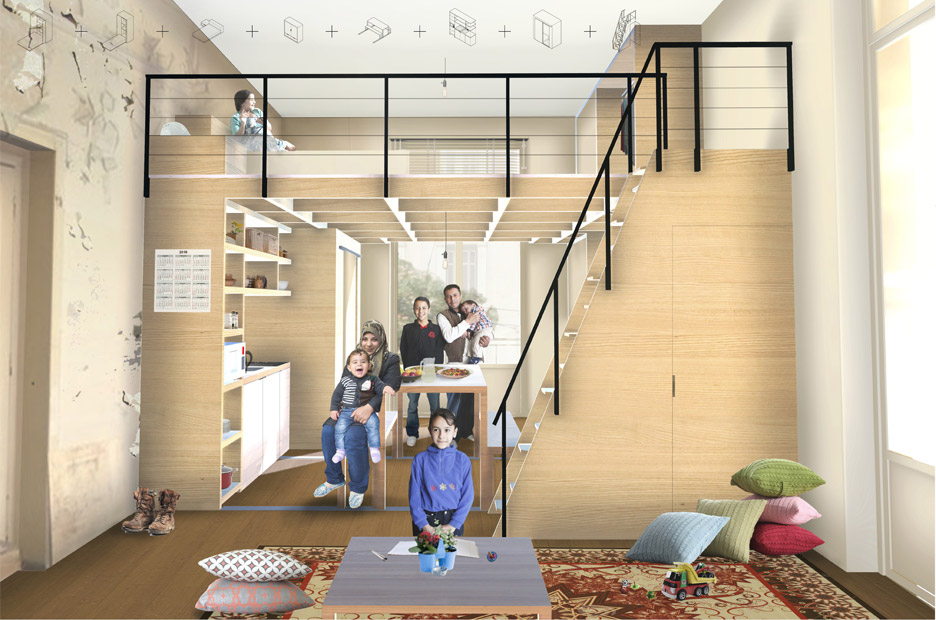
According to the UNHCR, more than 60 per cent of the world's 20 million refugees are currently living in urban environments, where it is often difficult to find accommodation and services that can help them source jobs and integrate into local communities.
What Design Can Do was founded in 2010 to encourage debate among designers and promote projects that could help effect positive social change.
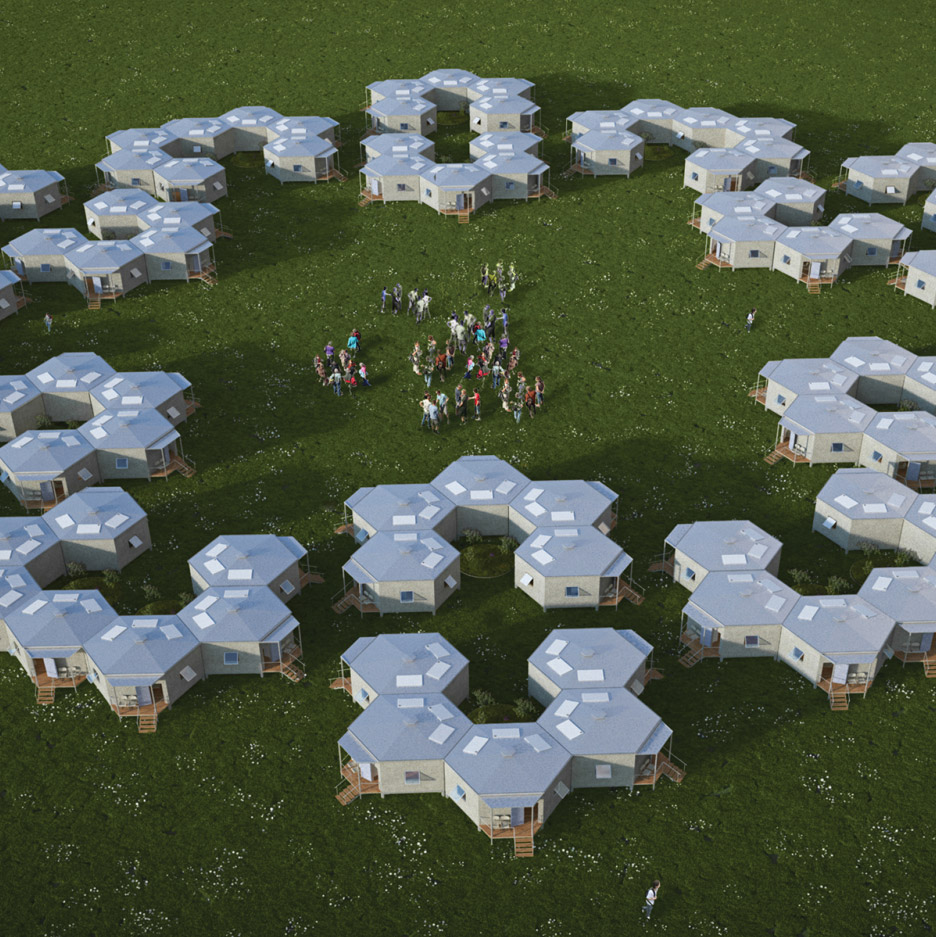
This year's conference in Amsterdam will take place in the Muziekgebouw aan 't IJ, a music hall on the banks of the IJ river, with over 20 speakers covering three key themes – What Design Can Do For Refugees, What Design Can Do For Music and What Africa Can Do For Europe.
More information about the Refugee Challenge is available on the What Design Can Do website. Tickets for the conference are also available online.